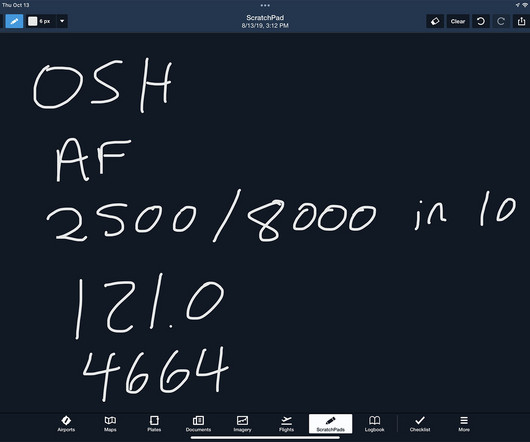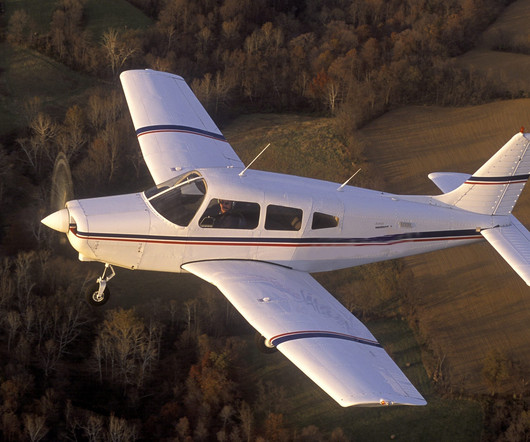Class B Airspace Explained
Pilot Institute
APRIL 24, 2024
All aircraft inside the veil must have an operating Mode C transponder and ADS-B Out. This central core extends up to around 10,000 feet MSL, the airspace’s ceiling. However, the ceiling for each shelf is the same as the core. Although Class B airspace has a typical ceiling of 10,000 feet MSL, exceptions exist.











Let's personalize your content